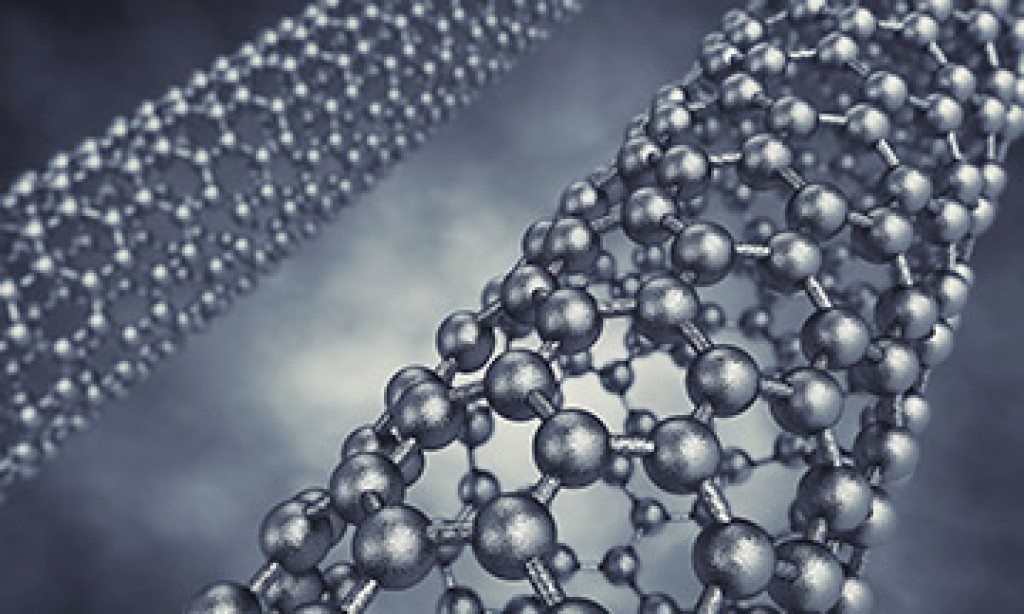
Wouldn’t you want to know if your house paint/ golfballs/ make-up/ spinach/ car tires could give you cancer?
…How about if they might? Still interested?
Deaf to the expressed desires of its citizens and researchers, the European Commission seemingly refuses to acknowledge the essential lack of transparency in the nano industry, instead preferring to rely largely on the already-instituted REACH regulation for protection from potentially hazardous nanomaterials. What they are ignoring is REACH’s limitations when it comes to dealing with nanomaterials; its ‘no data, no market’ policy only pertains to substances with at least a 1t/y threshold, meaning that most nanomaterials slip through the gaps.
In accordance with the EU-supported Aarhus Convention, EU citizens have the right to access environmental information and to be involved in environmental decision-making.
The Commission’s argument that “a very significant burden is imposed on industry which does not have factual value for health and environmental purposes” is unacceptable. The so-called factual value is precisely the right to know and right to health of EU citizens, and of consumers worldwide who use European products.
Without readily-available information on nanomaterial presence (and thus safety), other EU Member States, responsible for protecting the environment and the health of consumers and workers, are likely to develop their own registers (as is currently the case in France, Denmark and Belgium), resulting in a much more burdensome, and duplicative, solution to a problem that affects everyone.
Advocates aren’t asking for complete retraction; merely information. Information about the presence and toxicity of nanosilver, for example, is still extremely limited, although there is a strong indication that it may cause serious harm to human health and the environment. Furthermore, scientists worry that the omnipresence of nanosilver, used in products from clothing to toothbrushes, will eventually undermine its microbial potency as a highly-effective wound treatment. Isn’t the information about the amount of nanosilver being produced, the products it is in, and what happens when its discharged worth collecting?
Scientists have already linked extended exposure to nanomaterials to a number of health ailments and environmental degradation. By continuing to delay new legislation or vital supplements to existing regulation, the EC may be slowly — and unwittingly — poisoning its people.
Originally posted on February 1, 2015.

